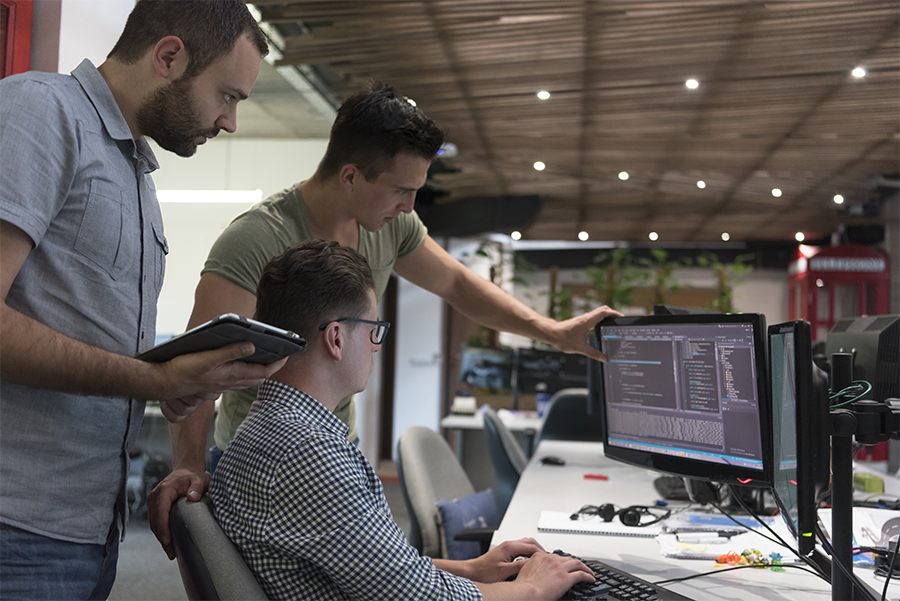
Whether your website is a B2B or an internal app, an easy-to-use site can go a long way towards improving operational efficiency. Usability testing is designed to discover the real user experience – something that just can’t be done by people who are intimately involved with developing, maintaining and updating a website.
We know that a non user-friendly application can quickly ruin your organization’s reputation. Unhappy or confused users often lose patience quickly, and can potentially choose to use your competitor’s interface instead. The decision to leave your site takes place within only seconds of a user navigating your app or product, and it’s difficult to understand this process with only your own testing, hence the need for an outside perspective.
What is Usability?
Everyone agrees that usability is important. But what is it?
Instead of a long jargon-filled string of mumbo-jumbo, I offer the following very simple definition:
Usability testing seeks to remove the following phrases from the user’s experience:
“I’m confused”
“I’m frustrated”
“WHAT?!?!”
Performing Usability Tests
Conducting usability tests doesn’t have to be complicated. Sure, you can use fancy software that tracks eye and mouse movements, and if there isn’t some AI service that can interpret facial expressions in accordance with a usability test, there soon will be. But you don’t need to do that. It can be as simple as sitting in the same room as the tester and watching what they do. In a pinch, you can run the sessions remotely.
Effective usability testing really only requires three things:
1. Construct tasks for testers
These are the typical tasks that users of your site will want to do. For example, if your application is an online shopping cart, create some scenarios wherein testers must add items to a cart and check out.
2. Watch users try to complete a task
Don’t help them out, just ask them to “think out loud”. You want them to say what they’re thinking so you can hear when they’re lost or confused. Record the session so you can review it later.
If you run the sessions remotely, you’ll need to be a bit more active in encouraging them to think out loud. Since you can’t see their face or body language, you’ll want them to vocalize more.
3. Find the highest value changes to make
Chances are that the highest value changes are fairly simple to make. In one usability test I facilitated, customers were getting stymied trying to figure out how to register for an account.
The solution: we changed the link text from “Login” to “Login / Register”.
How does it fit into the development process?
In a perfect world, usability testing is an iterative process that occurs several times throughout the development of an application.
Test early. It is a well-known maxim that finding and fixing problems early in the process is much cheaper than doing so later on.
Test often. It doesn’t need to happen continuously, but if you have a multi-stage project on the go, we encourage you to budget for a few rounds of testing at each stage.
I recognize that sometimes budgetary constraints can sometimes preclude multiple rounds of usability testing, but even one round of testing is likely to uncover some things that can be improved, so for the love of usability, do it at least once! It’s a small investment, and it’s guaranteed to pay off. I facilitated a usability test with a client who was so impressed with the results, he directed his staff to incorporate the practice into their own software development process.


